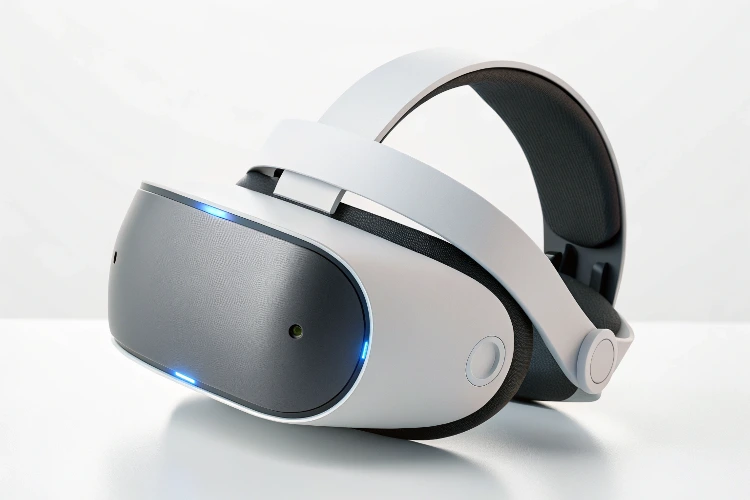Apple Unveils Vision Pro 2 with Enhanced Display and Battery

In a bold push to solidify its leadership in spatial computing, Apple has officially announced the Vision Pro 2, the second-generation mixed-reality headset, featuring substantial upgrades in display fidelity, battery life, and user comfort. This next-gen device signals Apple’s continued commitment to merging digital and physical worlds through premium extended reality experiences.
A Leap Forward in XR Display Technology
At the heart of the Vision Pro 2 is an enhanced micro-OLED display system—offering 30% higher pixel density and wider color gamut compared to its predecessor. This leap translates to sharper visuals, richer color depth, and more immersive video rendering, particularly for high-end applications in entertainment, design, and enterprise collaboration.
The device also introduces adaptive refresh technology up to 120Hz, enabling ultra-smooth motion transitions and significantly reducing latency—a key upgrade for developers, gamers, and creators using spatial workflows.
Extended Battery Life and Sleeker Hardware
Another critical improvement is battery performance. The Vision Pro 2 now delivers up to 4 hours of uninterrupted use, nearly doubling the runtime of the original model. Apple achieved this through a redesigned external battery unit with improved thermal efficiency and a custom low-power chip architecture.
The headset itself has been streamlined by 15%, making it lighter and more ergonomic. New materials and improved strap design offer better weight distribution, reducing fatigue during extended wear.
visionOS Evolves: Pro Features for Power Users
The Vision Pro 2 ships with visionOS 2.0, a refined operating system that introduces:
Precision eye- and hand-tracking improvements
Multi-window multitasking
Native Mac integration via spatial mirroring
Enhanced FaceTime with 3D persona realism
These features aim to attract power users, professionals, and developers looking to build or interact within immersive environments. Apple has also opened up new SDKs for XR-first app development, pushing its strategy toward a full spatial computing platform.
Positioning for Enterprise and Creative Industries
Apple’s rollout strategy with the Vision Pro 2 strongly targets enterprise use cases—from industrial design and remote collaboration to healthtech and architectural visualization. Several major software vendors, including Adobe, Autodesk, and Microsoft, have already committed to optimized XR versions of their tools.
Enterprise clients are expected to benefit from Apple’s continued focus on privacy, security, and seamless integration with the broader Apple ecosystem.
Competitive Landscape and Market Implications
With Meta, Samsung, and Google ramping up their mixed-reality ambitions, the Vision Pro 2 sets a high bar in both hardware and software execution. Analysts predict this release could accelerate mainstream adoption, especially among affluent early adopters and business verticals.
Initial market reaction has been positive, with Apple shares ticking upward after the announcement. XR developers, accessory makers, and component suppliers are also expected to benefit from renewed momentum in the spatial computing ecosystem.
